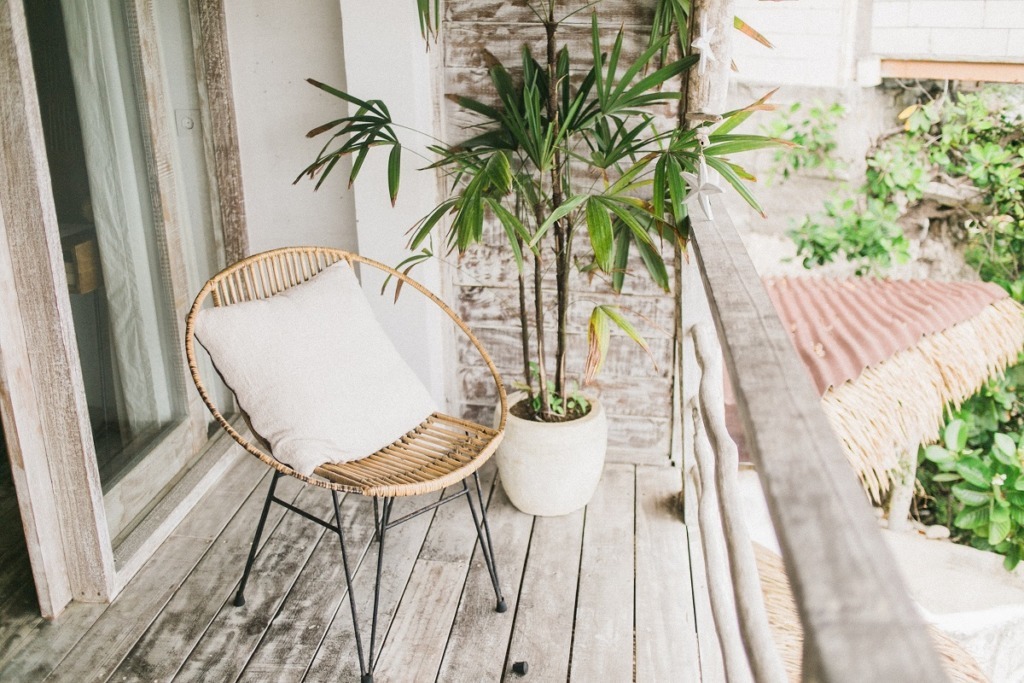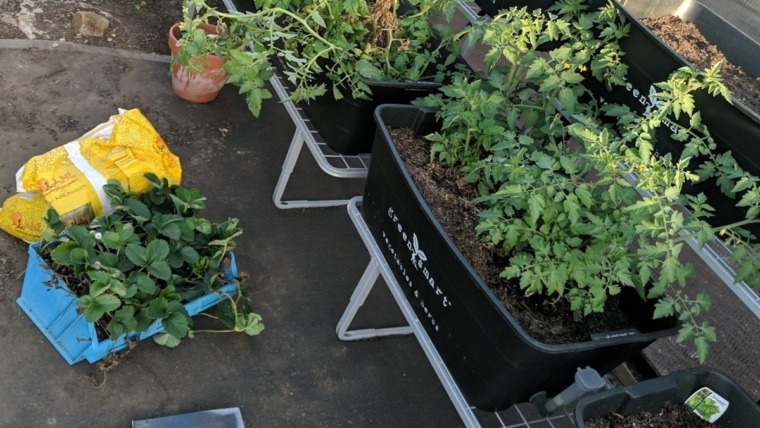How To Create Balcony Gardens

Written by Toni Salter, The Veggie Lady
Growing your own produce doesn’t have to be limited to rural homesteaders. You can quite easily grow herbs and vegetables even on a balcony or courtyard, but there are a few keys to getting it right.
The number of people living in cities is now greater than those living in rural areas. So balcony gardening has become the norm for many living in the high-rise apartments that are taking over our city landscape.
Whether you are renting, downsizing or buying your first home, you don’t have to sacrifice a garden if you live in an apartment. You don’t need large properties or even a backyard to grow your own produce. There’s so much that can actually be grown in containers in a sunny balcony garden, keeping you in fresh organic herbs and vegetables, and saving you money in the process.
What Can You Grow In A Balcony Garden?
Choose smaller growing plants that suit pots and containers. Avoid large sprawling plants like zucchini and pumpkins because they take up too much space.
Salad greens are great for growing in the balcony garden because they’re suited to growing in pots. Herbs, spinach and Asian Greens are also good choices because they’re smaller growing plants with a shallow root system. Greens can be grown for eating raw or cooked up in stir fries.
Your balcony garden could also include some containers for tomatoes, capsicum and eggplant, terrific for warmer months and healthy salads at home. The taste of these will amaze you, compared to store-bought salads. Pots of Basil will give you all the pesto you could hope for.
Cool season vegetables can include your brassicas (cabbage family plants) like broccoli, cauliflower and Savoy. Parsley and peas growing on a trellis or teepee frame are much more productive in cooler months, avoiding the heat extremes of summertime.
Not sure what to plant and when? My free garden guides will help take the guesswork out of gardening for you and show you exactly which herbs, flowers and vegetables you can plant each month of the year. Download the guides here.
Containers For A Balcony Garden
Foam boxes can be recycled from your local green grocer usually for free. Most are happy to give you their broccoli boxes to reduce their waste. Remember to make some holes in the base of these boxes for drainage.
Plastic pots are affordable and lightweight, making them easy to move if you are trying to catch the seasonal sunlight as it changes throughout the year. Try to get pots that have a depth of about 30cm (12 inches) for best results.
Climbing plants like beans, peas and cucumbers will need a good supporting trellis, so a container will need to be able to hold these as well as the plants. Large 1/2 wine barrels are a good choice. You could also try a deep trough pot near balcony railings to allow plants to climb up or attach to the rails.
Growing Fruit Trees In Balcony Gardens
Don’t forget about fruit too. Some fruit trees have been grafted onto dwarf rootstock to reduce their overall size making them ideal for pots. The fruit isn’t affected and you’ll get loads of full-sized oranges, lemons, apples and stonefruit. Some tropical fruits including guavas and tamarillos are shrubs and will also grow well in a large pot or container. For more fruity ideas, you can also learn about the 5 Fruit Trees You Need For The Home Garden.
Keys To A Successful Balcony Garden
There are some common problems that gardeners face when balcony gardening but here are 5 keys to successful container gardens. Stick to these and you’ll avoid many of the problems.
- Sunlight - you’ll need about 6 hours of sunlight for your balcony garden to be really productive. If your balcony garden gets only gets a few hours of sun, it would be best to stick with leafy crops like spinach, lettuce and brassicas. These plants need more moisture and shadier gardens tend to be damp.
- Premium Potting Mix - Buy the best quality potting mix to get the most from your plants. Good quality mixes have nutrient-rich compost, minerals, micro-organisms and organic materials that prevent drying out. Without these, your plants will struggle. Also, try to source certified organic potting mix if you want to grow edible plants. This way, you’ll avoid any nasty chemicals or additives.
- Water Consistently - Getting this right can be tricky, but with a bit of practice and observing your plants closely, you’ll get the hang of things. We often oscillate between too much water or not enough water and then swing back the other way to rectify our mistake. A regular, consistent approach is best for your edible plants. Get to know your plants, see how the soil feels and aim to keep it cool and damp. A sunny balcony garden will need more watering than a shadier one. Smaller pots will also need more watering than larger ones. Leafy veggies will also need more watering than herbs like rosemary, sage or oregano.
- Liquid Feed - Don’t forget to feed your plants. The more watering you do, the more you’ll leach nutrients from the soil. So it’s important to replace these nutrients with a diluted liquid fertiliser every couple of weeks. A natural fish emulsion may be a bit smelly for a day or two but it’s terrific for veggies. Seaweed solution also helps to strengthen your plants and protect against pests and disease.
- Maximise Your Vertical Space - if you have a limited area for your balcony garden, then think UP. Growing plants vertically can maximise how much you can produce in a small space. Use trellising options and hanging baskets to layer your vertical space.
If you’ve outgrown your balcony and want to grow even more vegetables, you can check out some community gardens or allotments in your local area. Most local council governments support these community projects and it’s a great way to meet other like-minded people and swap ideas as well as produce.
How To Create Balcony Gardens How To Create Balcony Gardens How To Create Balcony Gardens



